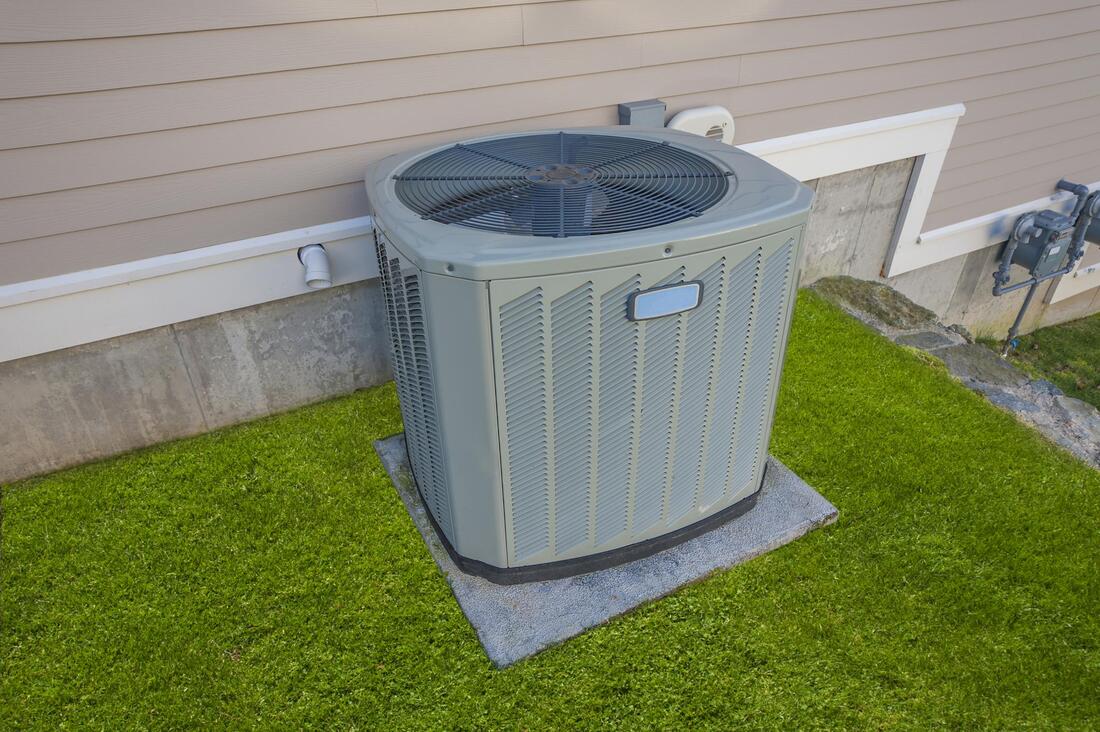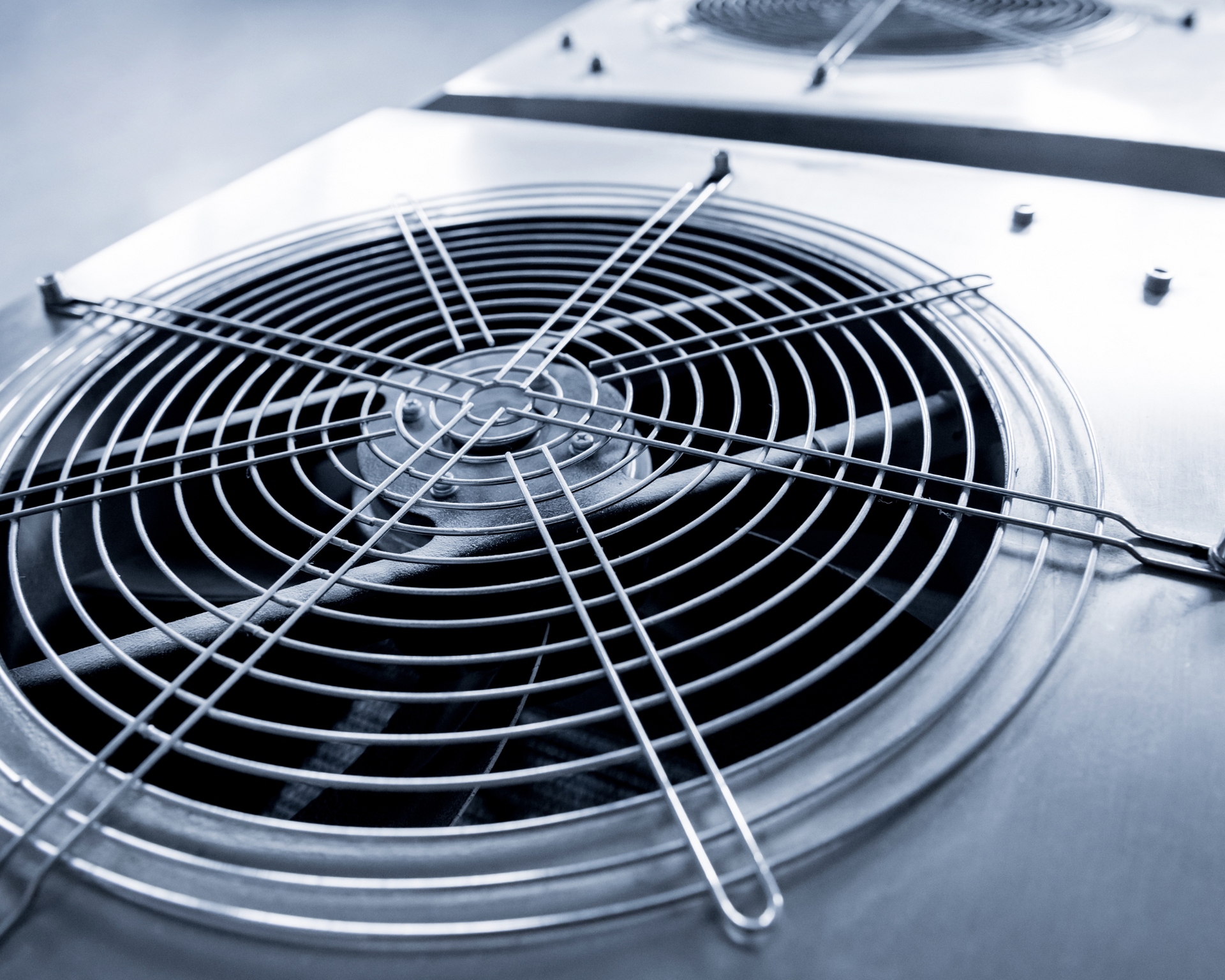What Does HVAC Mean? Understanding Heating, Ventilation, and Air Conditioning Systems
The Elements of HVAC, How They Work Together, and Why They Matter?
When we think about our indoor comfort, HVAC plays a crucial role. HVAC stands for Heating, Ventilation, and Air Conditioning, representing the technology that ensures our spaces are not only comfortable but also healthy. For homeowners, understanding HVAC is essential for maintaining optimal living and working environments.
Exploring the components of HVAC can reveal how each part contributes to our daily comfort. From the intricate systems that control temperature to the ventilation mechanisms that circulate fresh air, knowing more about HVAC enables us to make informed decisions regarding our homes and workplaces.
Definition of HVAC
HVAC stands for “Heating, Ventilation, and Air Conditioning.” It encompasses systems designed for indoor climate control, ensuring comfort, air quality, and temperature regulation. Understanding its components helps us appreciate how central these systems are in residential and commercial environments.
- Heating: This component provides warmth during cold weather. Common heating methods include furnaces and heat pumps. We rely on these systems to maintain a comfortable indoor temperature.
- Ventilation: This aspect focuses on air circulation and quality. It involves the exchange of indoor and outdoor air to remove contaminants. Effective ventilation systems help prevent issues such as mold and improve overall air freshness.
- Air Conditioning: This system cools and dehumidifies indoor air during hot weather. It is essential for maintaining comfort in warmer climates.
Air conditioning units can be central systems or individual units, depending on building size and design.
The Basic Functions of HVAC Systems
HVAC systems serve multiple essential functions.
- Temperature Control: They maintain desired temperature settings year-round.
- Humidity Regulation: HVAC helps manage moisture levels. This prevents excess humidity, reducing the risk of mold growth.
- Air Filtration: Many HVAC systems include filters that trap dust, allergens, and pollutants. This enhances indoor air quality, making our living environments healthier.
- Energy Efficiency: Modern HVAC systems are designed for efficiency. This helps reduce energy costs and environmental impact while ensuring comfort.
Each function plays a crucial role in creating a conducive indoor environment. Understanding these can help homeowners make informed decisions about our heating and cooling needs.
The Core Components of HVAC Systems
HVAC systems consist of three primary components: heating, ventilation, and air conditioning. Each of these components plays a crucial role in maintaining indoor air quality and comfort in residential and commercial spaces.
Heating Equipment
Heating equipment is essential for maintaining a comfortable indoor temperature during colder months. We commonly use several types, including:
- Furnaces: These systems burn fuel or use electricity to generate heat. They distribute warm air through ducts.
- Boilers: These systems heat water to create steam or hot water for radiators and other heating applications.
- Heat Pumps: These devices can both heat and cool spaces by transferring heat from one location to another.
Each heating system has unique advantages, such as efficiency and installation requirements. Understanding the specific needs of our environment helps us choose the right heating solution.
Ventilation Mechanisms
Ventilation mechanisms are vital for circulating fresh air and maintaining air quality. We can categorize them into natural and mechanical systems:
- Natural Ventilation: This method relies on windows, vents, and other openings to allow airflow. It’s energy-efficient and cost-effective but can be less reliable.
- Mechanical Ventilation: This includes exhaust fans, air handlers, and whole-house ventilation systems that actively move air. These systems can filter and condition air for improved quality.
Proper ventilation helps to reduce indoor pollutants and humidity levels, making it essential for health and comfort.
Air Conditioning Technologies
Air conditioning technologies are key to cooling indoor environments. Common systems include:
- Central Air Conditioning: This system uses a network of ducts to distribute cooled air throughout a building.
- Ductless Mini-Split Systems: These systems use individual indoor units connected to an outdoor compressor, allowing for zoned cooling without ducts.
- Window and Portable Units: These are localized solutions for cooling specific rooms.
Selecting the right air conditioning technology involves considering the size of the space, energy efficiency, and individual comfort preferences.
How HVAC Systems Work
HVAC systems involve complex mechanisms that ensure indoor environments remain comfortable. We rely on various processes for air distribution and temperature regulation to meet our needs.
Air Distribution Processes
Air distribution is essential for maintaining consistent indoor air quality. We use a network of ducts to transport conditioned air throughout a building. The main components include supply ducts, which deliver air, and return ducts, which pull air back to the HVAC unit for reconditioning.
Key components of air distribution:
- Blowers: Circulate air within the system.
- Ducts: Facilitate airflow between areas.
- Registers and Grilles: Control air output in various rooms.
Maintaining duct integrity is vital. Leaks or blockages can reduce efficiency, leading to increased energy costs and discomfort. Regular inspections can help ensure that our air distribution systems function properly.
Temperature Regulation
Temperature regulation in HVAC systems is achieved through heating and cooling components. We typically use furnaces for heating and air conditioning units for cooling.
The process involves:
- Thermostats: These devices detect temperature changes and send signals to adjust heating or cooling.
- Heat Exchangers: Transfer heat from one medium to another, either heating indoor air or cooling it.
By employing programmable thermostats (such as Honeywell, Ecobee, Amazon Smart Thermostat, and Google Nest). we can optimize energy use, adjusting temperatures based on our schedules. This ensures comfort while also enhancing energy efficiency, which is crucial for reducing utility bills and environmental impact.
Types of HVAC Systems
We recognize that understanding the various types of HVAC systems is essential for making informed decisions about heating and cooling needs. Two common systems are Split Systems and Packaged Systems, each with unique features and applications.
Split Systems
Split systems are made up of two main components: an indoor unit and an outdoor unit. The indoor unit typically houses the evaporator coil and the blower, while the outdoor unit contains the compressor and the condenser.
These systems come in various configurations, including central air conditioning and ductless mini-split systems.
Key characteristics:
- Flexibility: Split systems are versatile and can accommodate various home sizes and layouts.
- Energy Efficiency: Many models offer energy-efficient options, which can reduce utility bills.
- Installation Cost: The installation may be more complex and costly compared to some other systems.
Split systems are often the preferred choice for our residential HVAC needs due to their reliability and efficiency.
Packaged Systems
Packaged systems consolidate all HVAC components into a single unit, typically installed outdoors. In this setup, the system includes the compressor, condenser, and air handler.
These systems are often placed on rooftops but can also be installed on the ground.
Key characteristics:
- Space Saving: Packaged systems are ideal for properties with limited indoor space.
- Easier Installation: Since all components are housed in one package, installation can be quicker.
- Maintenance: Having all equipment in one location may simplify maintenance tasks.
Packaged systems are particularly useful for commercial applications or properties where space efficiency is a priority.
HVAC in Residential and Commercial Buildings
We explore the distinct roles and designs of HVAC systems in both residential and commercial settings, highlighting their specific applications and functionality.
Differences in System Design
In residential buildings, HVAC systems are typically smaller, focusing on individual comfort. Commonly, we find split systems or packaged units that fit specific heating and cooling needs.
Conversely, commercial buildings use larger, more complex systems. These often include chillers, boilers, and multiple zones. Each zone serves different areas of the building, allowing for tailored heating and cooling.
The ductwork also varies significantly. Residential systems might use flexible ducts, while commercial setups often rely on rigid ducts for efficiency.
Common Applications
In homes, HVAC systems are essential for maintaining comfort throughout the seasons. They help regulate indoor temperature and humidity levels, enhancing overall living quality.
In commercial environments, HVAC plays a critical role in productivity and safety. We see applications such as:
- Office buildings: Regulating temperature for occupant comfort.
- Retail spaces: Creating a welcoming atmosphere for shoppers.
- Hospitals: Controlling air quality and ensuring patient safety.
Each application requires a tailored approach to meet specific needs effectively. Different zoning, humidity control, and air filtration are critical in these settings.
Importance of HVAC for Indoor Air Quality
Proper HVAC systems play a crucial role in maintaining indoor air quality. They aid in air filtration, purification, and humidity control, which are vital for a healthy living environment.
Air Filtration and Purification
Effective air filtration is a primary function of HVAC systems. These systems incorporate filters that trap dust, allergens, and other pollutants.
Types of Filters:
- HEPA Filters: Capture 99.97% of particles as small as 0.3 microns.
- Electrostatic Filters: Use electrical charges to attract and trap particles.
Regular maintenance and filter changes are essential. Clogged filters can lead to reduced airflow, resulting in poor air quality.
In addition, some HVAC systems offer advanced purification technologies like UV light, which can kill bacteria and viruses. This ensures that the air we breathe indoors is clean and healthy.
Humidity Control
Humidity levels significantly impact indoor air quality. Both excessive moisture and low humidity can lead to health issues and discomfort.
HVAC systems help regulate humidity through dehumidification or humidification processes.
Ideal Humidity Range:
- Between 30% and 50% relative humidity is generally recommended.
Controlling humidity prevents mold growth, dust mites, and other allergens. It also contributes to comfort, reducing the risks of respiratory problems. This is especially important in our coastal areas of Ventura County where moisture can be excessive. By maintaining proper humidity, we create a healthier indoor environment, promoting overall well-being.
Routine Maintenance and Longevity
Maintaining our HVAC systems is essential for ensuring efficiency and extending their lifespan. Regular upkeep not only helps in preventing major breakdowns but also enhances energy efficiency and indoor air quality.
Regular Inspections
We should schedule regular inspections of our HVAC systems at least twice a year. These inspections enable us to identify issues before they escalate into costly repairs. A technician will check components such as the compressor, fan, and thermostat to ensure optimal performance.
During these inspections, the technician may also clean coils and check refrigerant levels. Keeping an eye on these aspects helps us maintain proper airflow and prevents overheating or unnecessary strain on the system.
Common Maintenance Tasks
Several maintenance tasks are vital for the longevity of our HVAC systems. Changing air filters regularly—typically every 1 to 3 months—is crucial for efficient airflow and improved air quality.
Conducting routine cleaning of the outdoor unit, including removing debris and vegetation, can also prevent blockages that hinder performance. Additionally, lubricating moving parts and checking electrical connections are simple tasks we can undertake to promote reliability and efficiency.
By following these maintenance practices, we can ensure that our HVAC systems operate effectively and last longer, providing us comfort year-round.
Selecting the Right HVAC System
Choosing the proper HVAC system is essential for maintaining comfort and efficiency in our spaces. We need to consider several key factors and seek professional recommendations to ensure we make the best decision.
Factors to Consider
When selecting an HVAC system, various factors come into play. Here are some crucial elements we should evaluate:
- Size of the Space: Calculate the square footage of the area to determine the necessary system capacity. An improperly sized unit can lead to inefficiencies.
- Energy Efficiency: Look for systems with a high Seasonal Energy Efficiency Ratio (SEER) rating. This indicates lower energy consumption and potential savings on utility bills.
- Type of System: Consider whether we want a central air conditioning system, a ductless mini-split, or a heat pump. Each type has distinct advantages based on our needs.
- Climate: Our local climate influences system choices. For instance, regions with extreme temperatures may benefit from different HVAC solutions than moderate climates.
Professional Installation Recommendations
We strongly recommend hiring licensed professionals for HVAC installation. Their expertise ensures the system is correctly installed and operates efficiently.
- Warranties: Many manufacturers require professional installation to validate warranties. A licensed installer can help us avoid issues down the line.
- Code Compliance: Professionals understand local building codes and regulations. This knowledge helps us avoid potential fines or legal issues.
- Maintenance: Professionals can provide insights into regular maintenance schedules, ensuring our system runs effectively over time.
By carefully considering these factors and engaging professionals, we can choose an HVAC system tailored to our specific needs.
Emerging Trends in HVAC Technology
We are witnessing several exciting trends in HVAC technology that promise improved efficiency and sustainability.
Smart HVAC Systems
These systems utilize Internet of Things (IoT) technology to enhance control and monitoring. We can access data remotely, optimize performance, and detect issues before they escalate.
Energy Efficiency
New HVAC units are designed with advanced energy-saving features. We are seeing an increase in the use of variable refrigerant flow (VRF) systems, which adjust cooling and heating based on occupancy.
Sustainable Refrigerants
Environmentally friendly refrigerants are becoming essential due to stricter regulations. We now have options like R-32 and R-454B that reduce greenhouse gas emissions significantly.
Zoned Heating and Cooling
Zoned systems allow us to control temperatures in different areas independently. This capability enhances comfort and reduces energy waste.
Integration with Renewable Energy
Combining HVAC with renewable energy sources, like solar panels, is gaining traction. We benefit from reduced energy costs and improved system efficiency.
Predictive Maintenance
By using AI and machine learning, predictive maintenance helps us anticipate equipment failure. This approach can significantly extend the lifespan of HVAC systems.
Each of these trends points to a future where HVAC systems are more intelligent, efficient, and eco-friendly.




